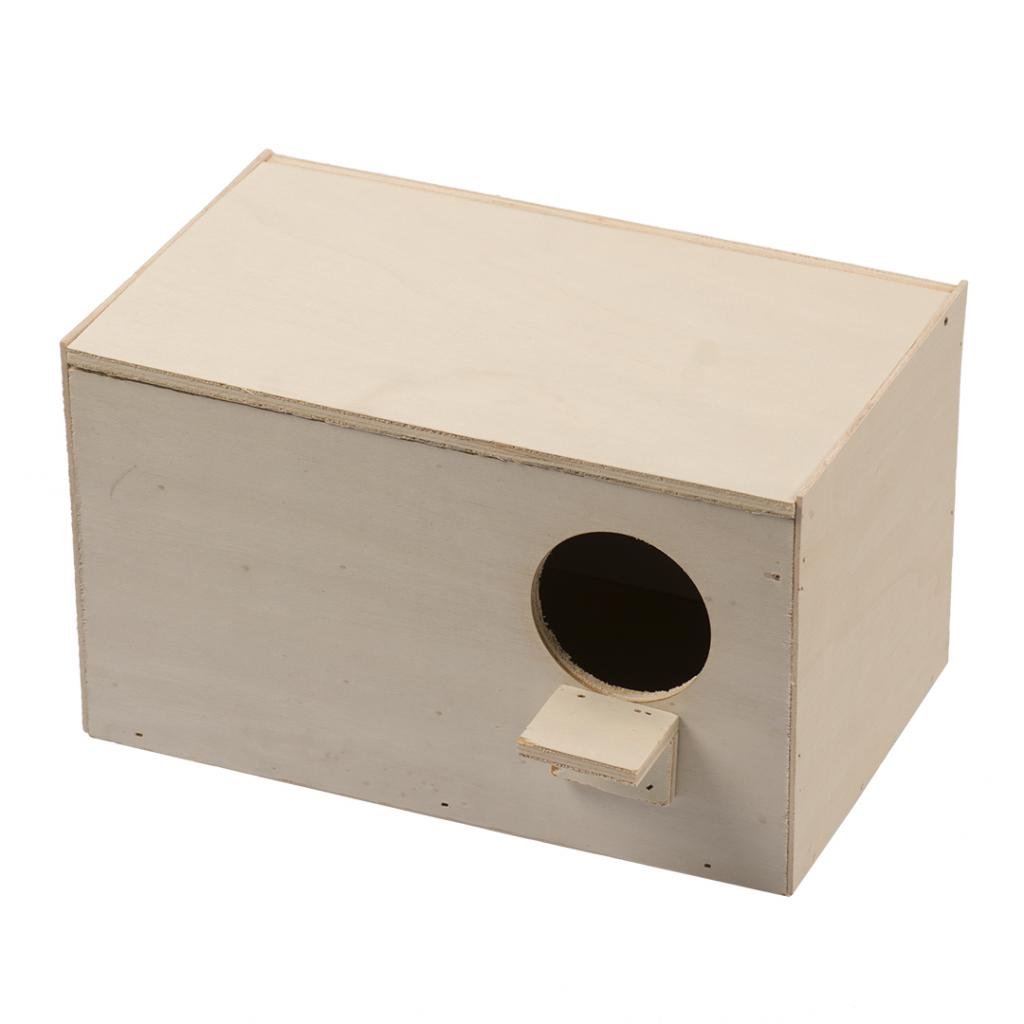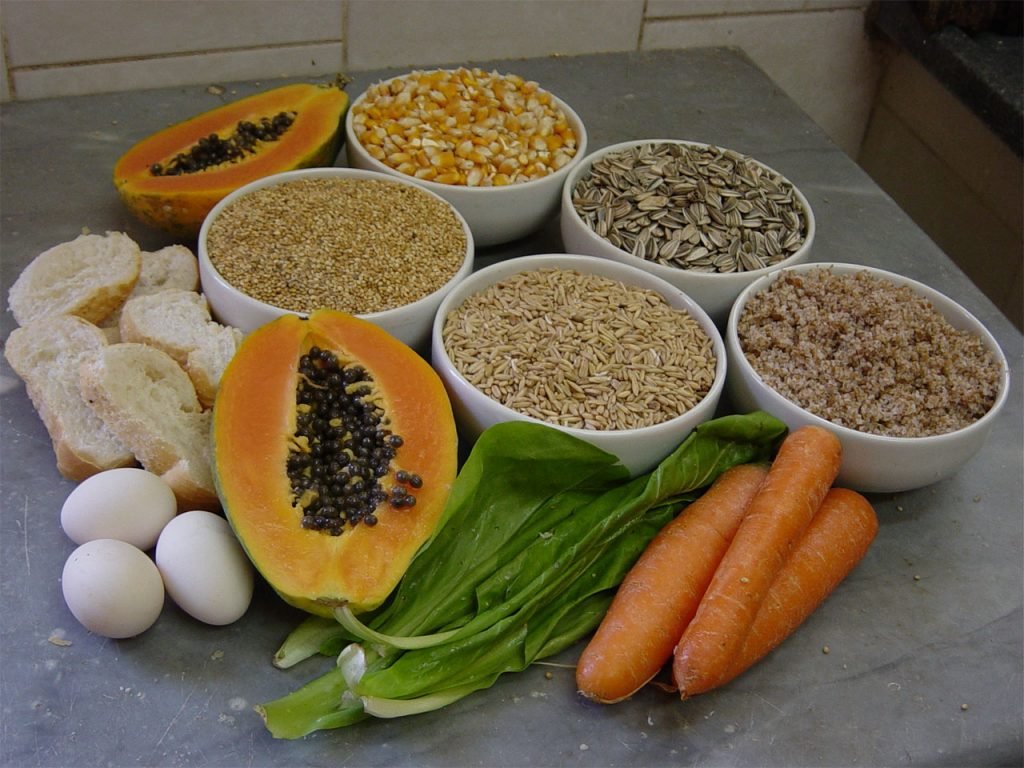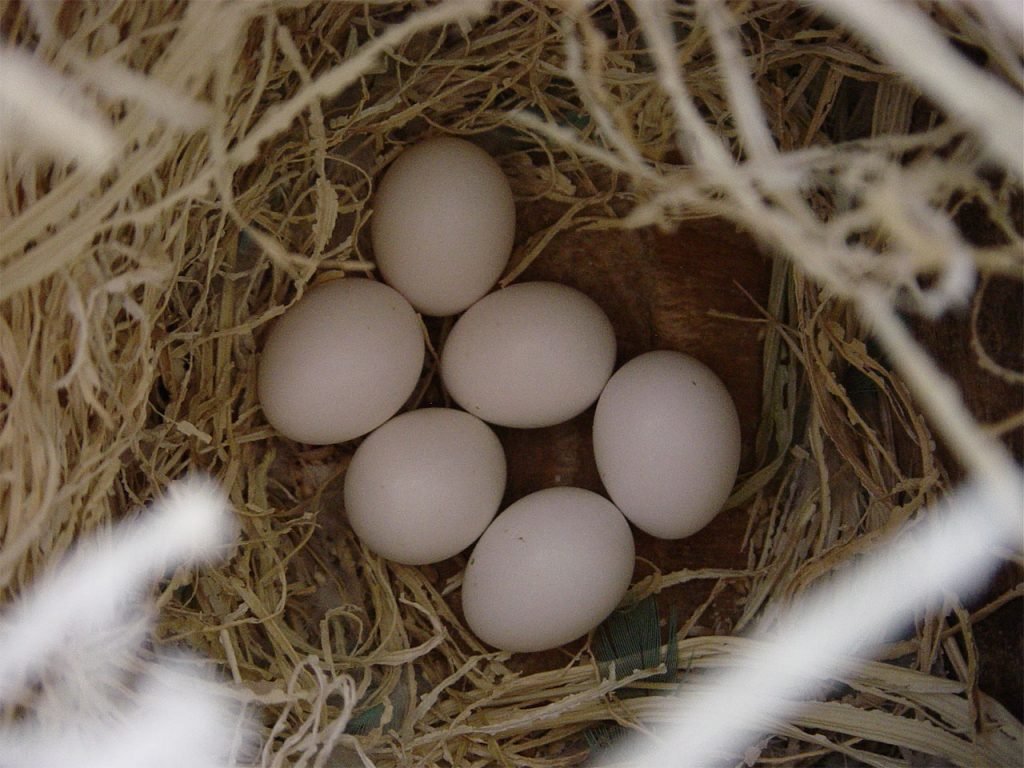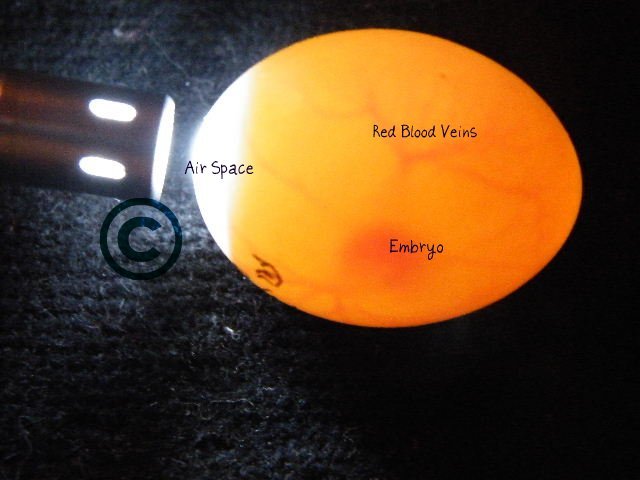Currently, the Lovebird is being favoured by bird lovers from all over World. There are many things that can “enjoy” from keeping the Lovebird. Starting from his typical angekok voice to the beauty of the colourful feathers. No wonder if the price of these birds is stable in high enough numbers. Not very expensive indeed. But it’s also arguably not cheap. Especially when his voice geek Lovebird has a length of, the price can be very high. So now it’s started a lot of people who try to pet Lovebird, Lovebird is currently considering many bird lovers “.
Table of contents
Are you also one of those who is want to try their luck with raising Lovebird? If Yes, then there is no harm. Because this Lovebird breeding can be done in a large party or smaller parties. That is, regardless of the number of Pet you want to Lovebird doesn’t matter. But, it could be said this Lovebird livestock easy-easily distress. Easy if you know how. But it’s difficult if you are random inbreeding. Well, through this article Wikihow.com want to help you in learning breeding Lovebird. Suitable for you who want to try or indeed serious about breeding.
1. Detail Study about Lovebirds
Considering the price of stable Lovebird, then breeding Lovebird can bring in a hefty profit. For once the time of egg-laying, Lovebird could produce 4 to 6 eggs. If the hatch is all. That’s just one pair. Imagine if you keep the 3, 5 or 10 pairs. Steady anyway? There are a few things to note before breeding Lovebird. Starting from preparing the enclosure to a pair of Lovebird who want to be mated. The following is a full description:
Breeding love birds will go with risks, particularly if a mate dies. Informing yourself regarding love birds and their conjugation method will assist you understand if this right call for your animals and for you.
• Understand that not like different animals, lovebirds mate always and might continue conjugation throughout their nearly fifteen year life cycle. union underpins the scheme of lovebirds and is significant to the steadiness of flocks.
• Be aware that if a mate dies, its companion will exhibit erratic behavior that’s sort of a variety of depression. Lovebirds don’t wish to be alone.
• Enjoy the actual fact that lovebirds are romantic with each other and should feed one another to re-establish their bonds once stress or separation.
2. Get provides to breed and house lovebirds.

Lovebirds sometimes board holes in trees, rocks or shrubs within the wild. obtain the provides to administer your lovebirds a home wherever they feel snug and might breed with success.
• Get your lovebirds a cage of no but 18x18x12 in.es with the bars spaced no over 3/4″ inch apart. try to purchase a sq. or rectangular cage in order that they have places to cover.
• Place completely different sized perches within the cage beside toys to stay the lovebirds happy and stirred. Avoid wood
• Put separate water and food dishes within the cage removed from very cheap.
• Clean the cage and dishes daily to stay your lovebirds healthy. make clean the cage once every week.
3.Check The Health Of Your Lovebirds.
you can not introduce lovebirds unless you recognize that each animals are healthy. Take the combine to the vet to form certain that they’re healthy enough to breed.
• Let your vet apprehend that you just decide to breed the lovebirds.
• Ask her any queries you would possibly have regarding the birds, their health, or breeding the combine.
• Consider quarantining the animals. If you bring a brand new lovebird into your flock for conjugation, take into account quarantining the combine for a couple of days. this will facilitate make sure that each are healthy which the feminine doesn’t get territorial or reject the male.
• If you’re breeding lovebirds you already own, you doubtless don’t ought to quarantine the combine.
4. Introduce the lovebird combine.
After you apprehend that every lovebird is healthy, introduce the combine. Take it slowly, because it might take a couple of days for the birds to urge wont to each other.
• Place the birds in cages next to 1 another before putt them within the same cage.
• Move the birds to a similar cage once a few of days.
• Put nesting materials within the cage to encourage the couple to begin building a nest.
• Remove any birds that are exhibiting signs of aggression or rejection of a possible partner.
5. Watch For Signs Of Bonding

Lovebirds are prolific reproducers and you will notice several signs of conjugation. Signs of conjugation will include:
• Courtship
• Aggression
• Jealousy or being “hormonal”
• Carrying material within the feathers
• Nest-building.
6. Give The Birds Enough Nutrition.

Lovebirds that are breeding want dense, nutrition packed foods thanks to the strain on their bodies. Avoid giving them simply seeds, which can not give enough nutrients for the birds or their babies. Some samples of what you’ll combine along to feed your lovebirds are:
• Cooked elbow macaroni
• Pearl barley
• Frozen vegetables
• Granulated ocean brown algae
• Whole grain rice
• Apples
• Greens
• Cereal, toast or balmy
• Cuttlebone.
7. Check For Eggs.

The sole thanks to be sure that your lovebirds have mated is by checking for eggs. In most cases, the feminine lovebird can lay her initial egg 10 days once conjugation so can brood, or sit on the eggs, once the second is ordered.
• Look at the nest each morning to check if there are any eggs. the feminine can typically lay eggs in the dark. She could turn out one egg each different day, up to five or vi eggs.
• Be aware that 2 feminine lovebirds, if placed along. will disable to ten sterilized eggs.
Allow the feminine to brood. It takes around twenty five days for a feminine to brood, or sit on, her eggs. Let her brood uninterrupted for a minimum of ten days.
• Be aware the feminine can solely leave to egest waste, drink, and have a bite of food. In most cases, the male can feed the feminine throughout brooding.
8. Understand If Eggs Are Fertile.

It’s common to own sterilized eggs, particularly if a combine is just too young or previous. once permitting the feminine to brood for ten days, you’ll check to check if the eggs ar fertile.
• Handle the eggs as gently as attainable.
• Check every egg by holding AN egg up to a light-weight supply, like a torch and looking out for a membrane, that could be a sign the egg is fertile.
• You can even check by inserting the egg during a shallow dish of heat water one week before it hatches. once 5 seconds, check if you’ll see a membrane.
• Be aware that it’s traditional for eggs to not be fertile or for a baby to die within the egg.
9. Stay Up For The Eggs To Hatch.
Once between 21-26 days of brooding, your eggs could hatch. take care to not handle the eggs or the hatchlings for the primary 6-8 weeks of life.
• The mother bird can feed the babies for 6-8 weeks from the nutritive food you give.
• Remove any unborn eggs or baby lovebirds that die.

